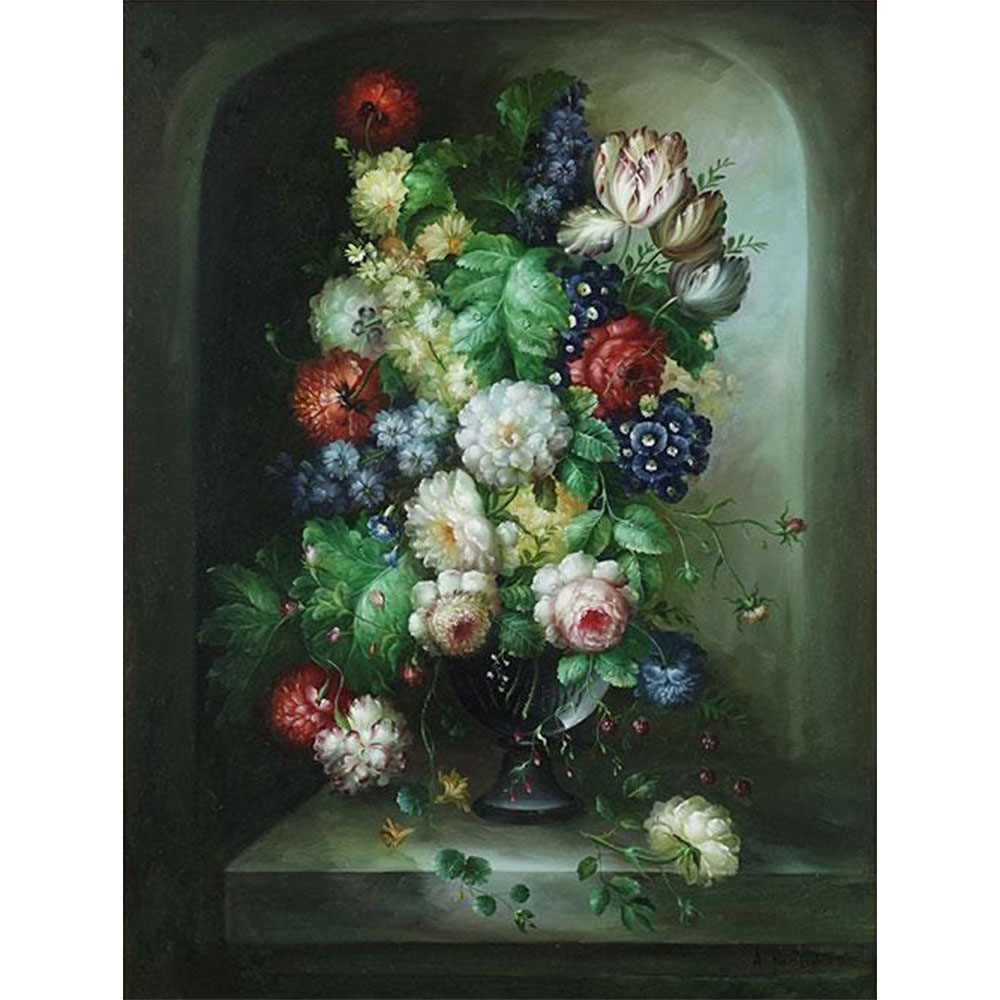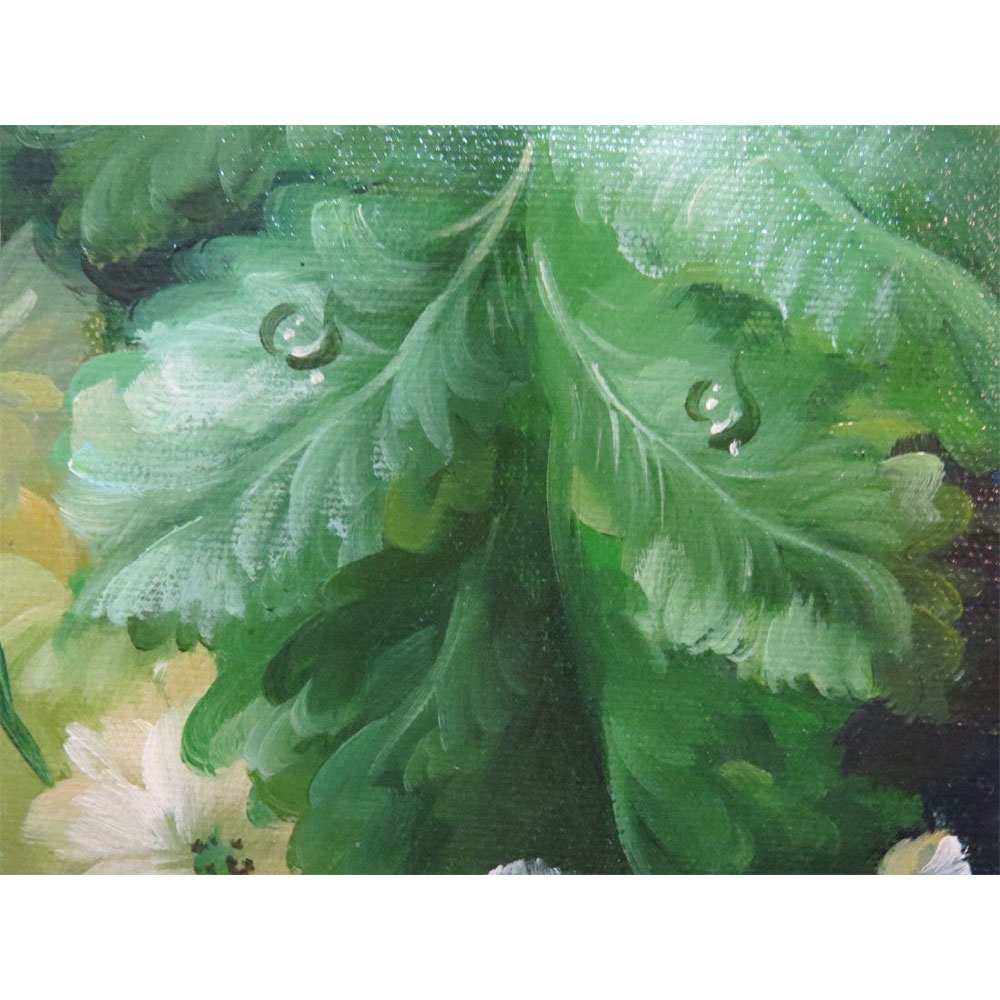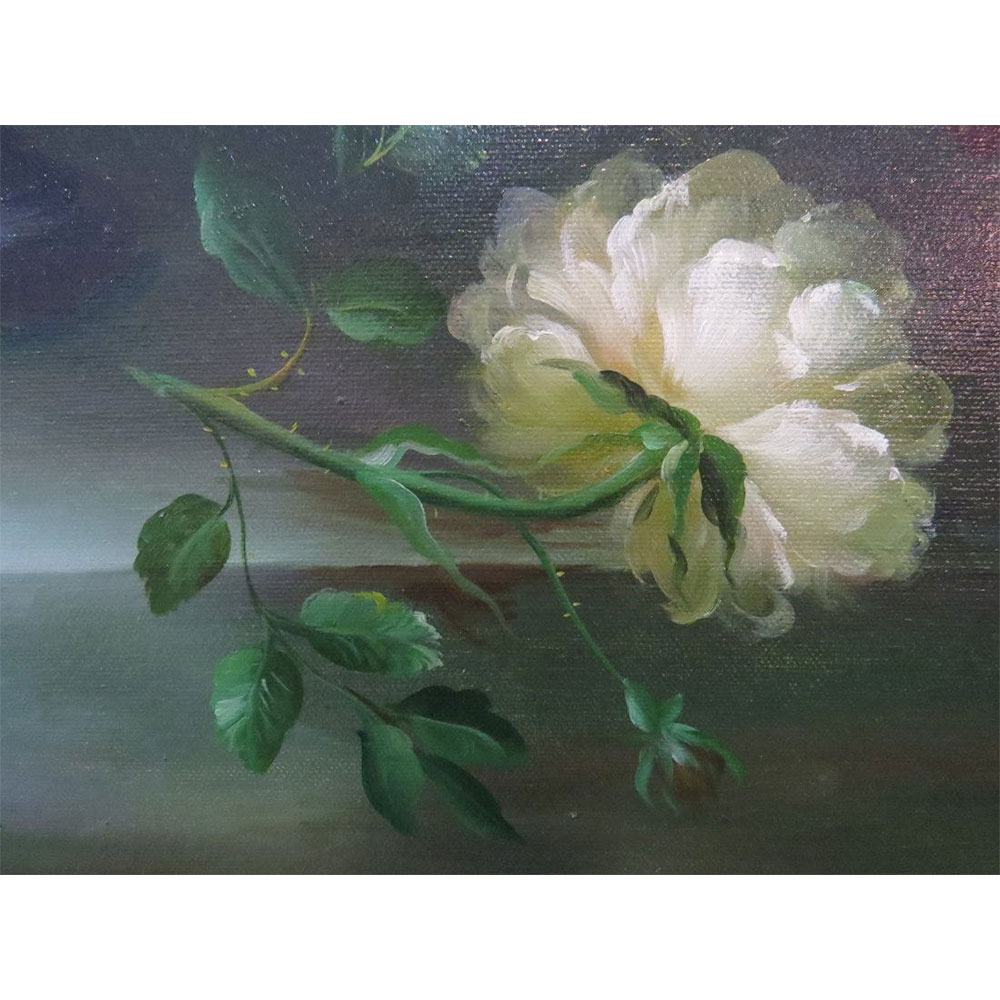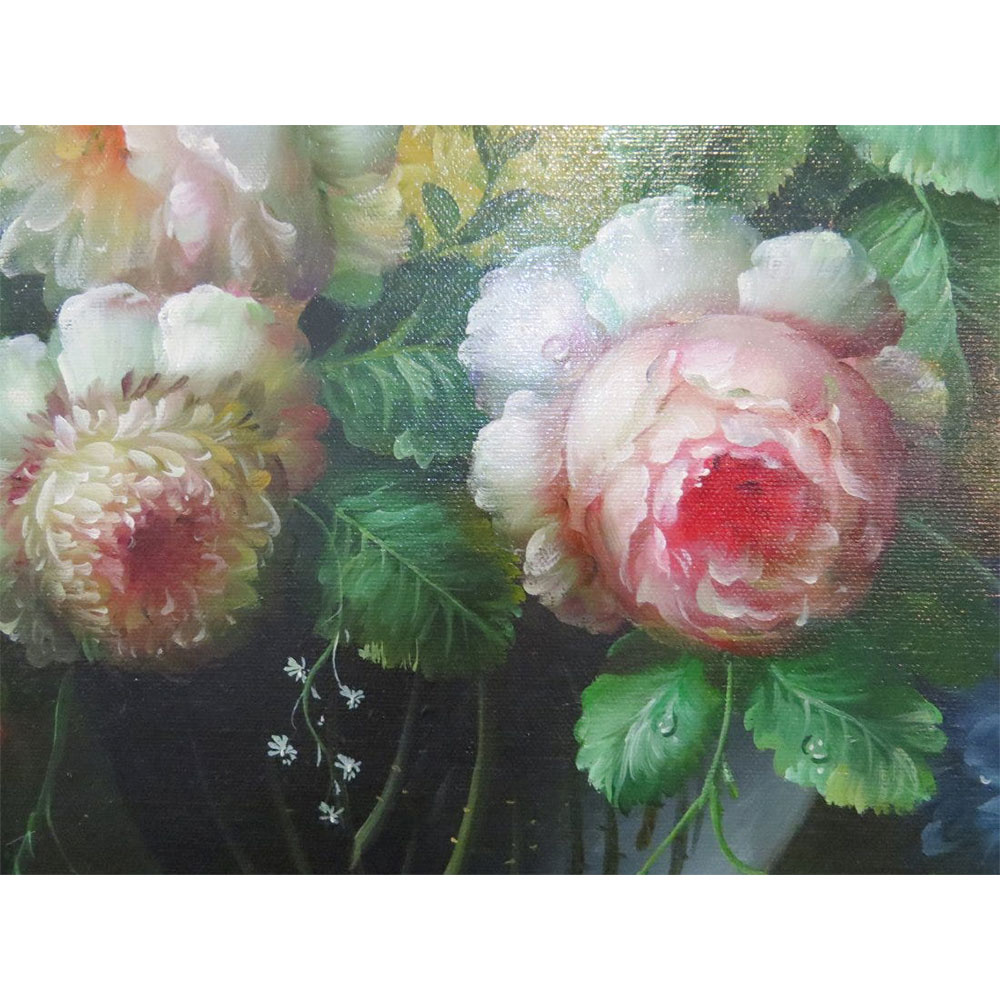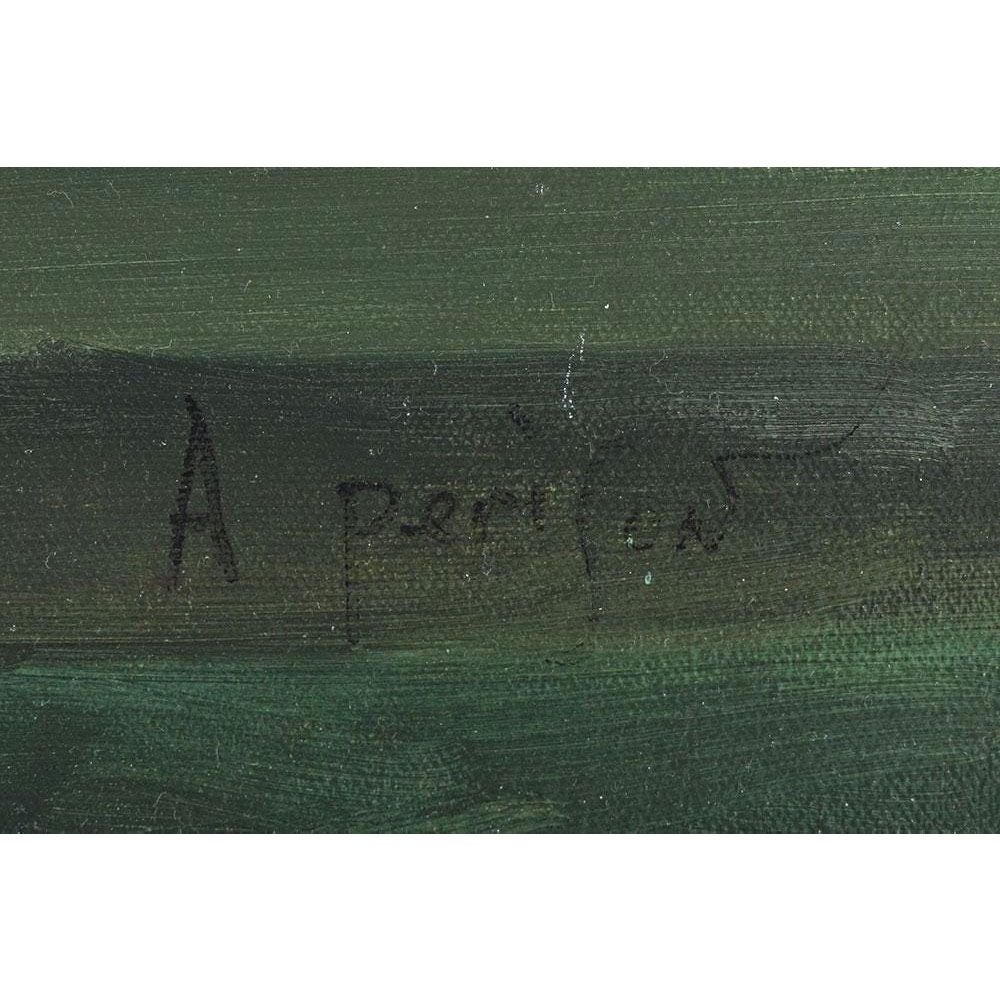Description
A Perifon (Contemporary) A Vase of Flowers
Proceeds to benefit The Polish Museum of America Summer Gala Fund
Starting bid: $650
A Vase of Flowers
oil on canvas, signed lower right, 40″ x 30″ frame: 46″ x 36″
Auction Ended
Item condition: New
A Perifon (Contemporary) A Vase of Flowers
Proceeds to benefit The Polish Museum of America Summer Gala Fund
Starting bid: $650
| Dimensions | 17 × 22 × 1 in |
|---|
Auction has finished
Auction failed because there were no bids| April 1, 2024 12:00 am | Auction started | ||
Sail on Lake Michigan
Embark on a breathtaking adventure with this exclusive opportunity to sail on the majestic waters of Lake Michigan. Picture yourself aboard a luxurious sailboat, gliding gracefully across the shimmering surface of one of North America’s Great Lakes. Feel the gentle breeze caress your skin as you bask in the beauty of the surrounding landscape. This auction offers the chance to experience the tranquility and serenity of sailing firsthand, accompanied by a seasoned captain and crew who will ensure your safety and comfort throughout the journey. Whether you’re seeking a romantic escapade, a family outing, or simply a peaceful retreat into nature, this sail on Lake Michigan promises an unforgettable experience filled with awe-inspiring vistas and cherished memories. Bid now to seize this extraordinary opportunity and set sail on an adventure of a lifetime.
Sail on Lake Michigan
Embark on a breathtaking adventure with this exclusive opportunity to sail on the majestic waters of Lake Michigan. Picture yourself aboard a luxurious sailboat, gliding gracefully across the shimmering surface of one of North America’s Great Lakes. Feel the gentle breeze caress your skin as you bask in the beauty of the surrounding landscape. This auction offers the chance to experience the tranquility and serenity of sailing firsthand, accompanied by a seasoned captain and crew who will ensure your safety and comfort throughout the journey. Whether you’re seeking a romantic escapade, a family outing, or simply a peaceful retreat into nature, this sail on Lake Michigan promises an unforgettable experience filled with awe-inspiring vistas and cherished memories. Bid now to seize this extraordinary opportunity and set sail on an adventure of a lifetime.
Morning
Leon Granacki’s favorite outdoor scenes were of rippling Minnesota streams, towering pine trees, and flocks of Canadian geese. His watercolors were exhibited widely and sold at local art fairs from the 1970s through 1990.
An Artist Goes to War: Leon Granacki in the South Pacific WWII
Like so many others who served in World War II, Leon Granacki was an ordinary guy from a working-class immigrant family drafted into the US Army and thrust into the horrors of war in the South Pacific. But through sheer luck and pluck, he leveraged his art talents to survive and thrive, catapulting himself from private infantryman to Master Sergeant and mapmaker for General MacArthur in the Americal Division’s Intelligence section. Inspired by the Southern Cross as his troop transport crossed the equator, he designed the Americal Division patch for the Army’s only named division, created in New Caledonia. Overseas for three-and-a-half years without any stateside furlough, he labored over maps of enemy positions in a primitive tent in the steamy, mosquito-infested jungles of Guadalcanal and Bougainville.
In An Artist Goes to War, author Victoria Ann Granacki paints a portrait of her father, Leon, through his original maps, jungle watercolors, journal illustrations, scrapbook photos, and letters home to “Dear Gang”—his extended Polish American family crowded together in a Chicago “six-flat” apartment building. Despite only slyly alluding to awful conditions to evade the censors’ scissors, his indomitable optimism always comes through. The Polish-language letters directed to his beloved parents are filled with childlike tenderness as he tries to reassure them he’ll be safe. His plaintive longings for family, holidays home, fishing, and a woman to love are poignant reminders of the personal effects of war on reluctant soldiers.
Morning
Leon Granacki’s favorite outdoor scenes were of rippling Minnesota streams, towering pine trees, and flocks of Canadian geese. His watercolors were exhibited widely and sold at local art fairs from the 1970s through 1990.
An Artist Goes to War: Leon Granacki in the South Pacific WWII
Like so many others who served in World War II, Leon Granacki was an ordinary guy from a working-class immigrant family drafted into the US Army and thrust into the horrors of war in the South Pacific. But through sheer luck and pluck, he leveraged his art talents to survive and thrive, catapulting himself from private infantryman to Master Sergeant and mapmaker for General MacArthur in the Americal Division’s Intelligence section. Inspired by the Southern Cross as his troop transport crossed the equator, he designed the Americal Division patch for the Army’s only named division, created in New Caledonia. Overseas for three-and-a-half years without any stateside furlough, he labored over maps of enemy positions in a primitive tent in the steamy, mosquito-infested jungles of Guadalcanal and Bougainville.
In An Artist Goes to War, author Victoria Ann Granacki paints a portrait of her father, Leon, through his original maps, jungle watercolors, journal illustrations, scrapbook photos, and letters home to “Dear Gang”—his extended Polish American family crowded together in a Chicago “six-flat” apartment building. Despite only slyly alluding to awful conditions to evade the censors’ scissors, his indomitable optimism always comes through. The Polish-language letters directed to his beloved parents are filled with childlike tenderness as he tries to reassure them he’ll be safe. His plaintive longings for family, holidays home, fishing, and a woman to love are poignant reminders of the personal effects of war on reluctant soldiers.
Pearl necklace with agate
Ella K Paris a Jewellery Exhibition Ella K – Elzbieta Klemensowicz was born in 1964 in Bialystok (Poland). She graduated from Fryderyk Chopin Academy of Music in Warsaw, branch in Bialystok. She worked as a Choir Conductor at the Politechnical University in Bialystok and also co-operated with Aleksander Wegierka Dramatic Theatre in Bialystok. Ella K has been residing in Paris and creating unique art and fashion jewellery for nearly quarter of a century. Influenced by the baroque as well as tribal art, she is searching for her own characteristic style, using the most amazing elements – ivory piano keys, the 19th century mourning buttons of black opaque glass, Swarovsky vintage crystals – combined with amber, agate, rock crystal, ammonite, semi-precious stone, shell, pearl, sea bamboo, horn and other. Every piece is absolutely unique and signed by the artist who is praised by such fashion icons as Iris Apfel for her original and elaborate creations. Ella’s masterpieces find numerous prestigious clients from Paris, Warsaw, London, Monaco, Venice to New York, Chicago and Los Angeles.
